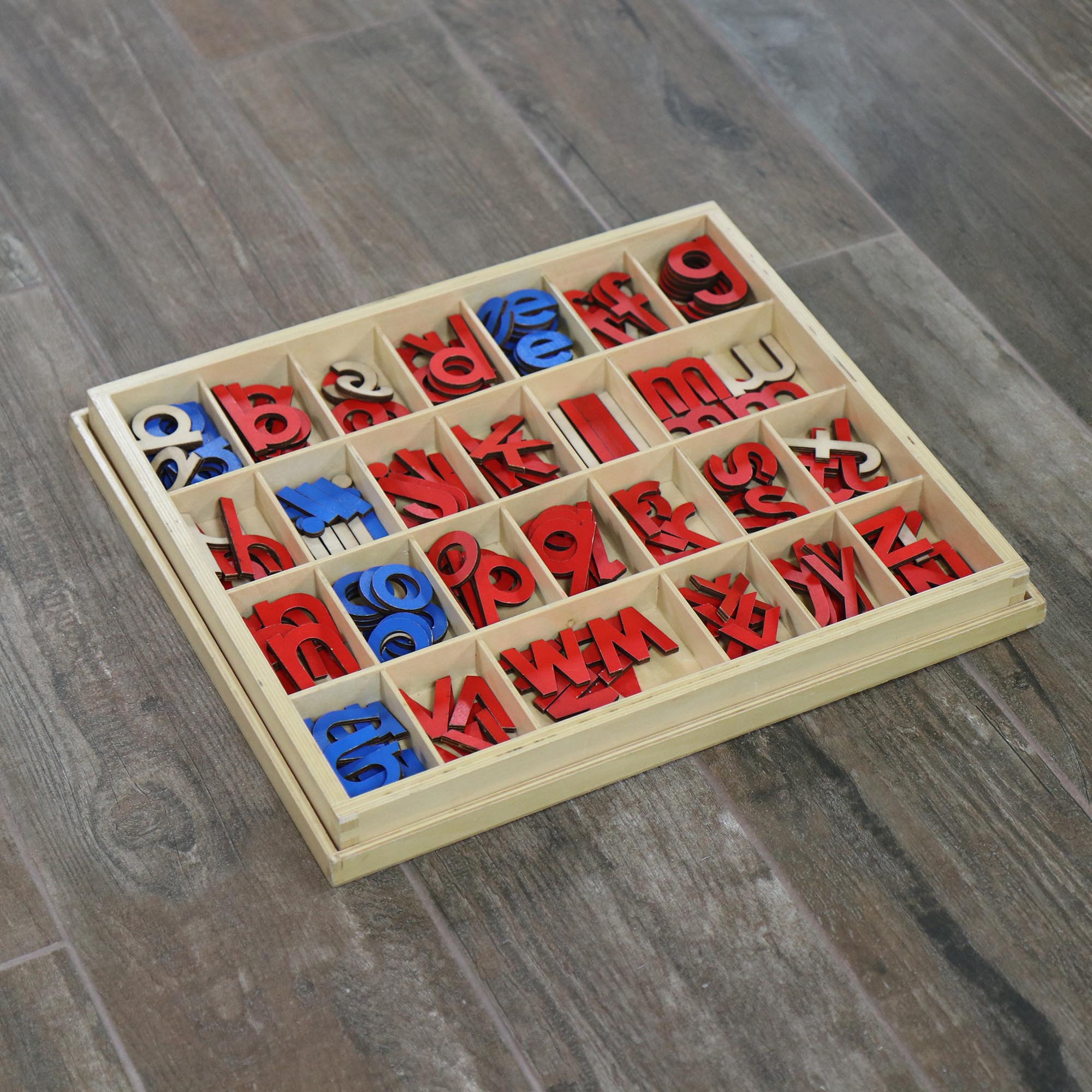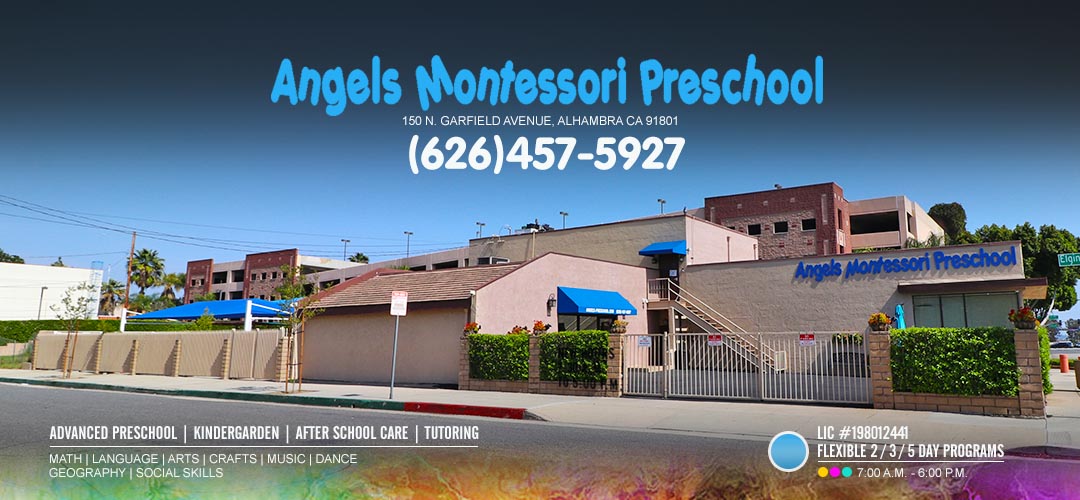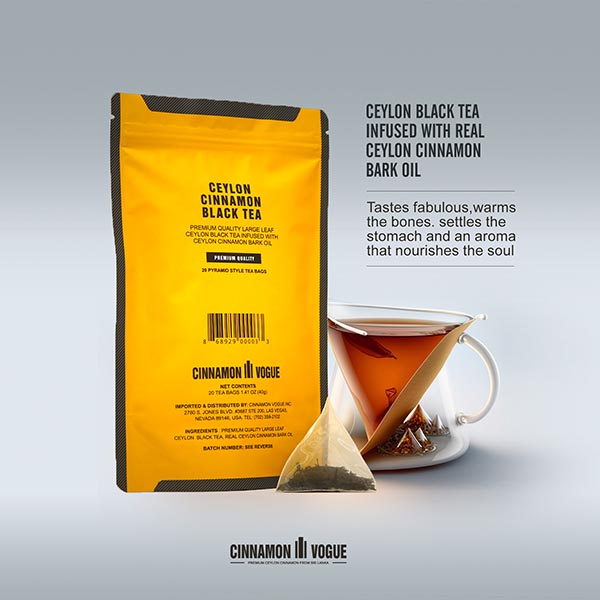MONTESSORI SUBJECTS

There are 11 subject areas in Montessori. Each subject has highly specialized tools and equipment to help children learn at their own pace with the guidance and assistance of the teacher.
SENSORIAL EXERCISES
The sensorial materials help children to distinguish, to categorize, and to relate new information to what they already know. This process is believed to be the beginning of conscious knowledge. It is brought about by the intelligence working in a concentrated way on the impressions given by the senses.
MATHEMATICS
If children have access to mathematical equipment in their early years, they can easily and joyfully assimilate many facts and skills of arithmetic. Facts and skills that may require long hours of drudgery and drill if they are introduced to them later in the abstract (pencil and paper) form. Children in a Montessori class never sit down to memorize addition and subtraction facts; they never simply memorize multiplication tables. Rather, they learn these facts by actually performing the operations with concrete materials. They work the problems with appropriate materials and they record their results.
LANGUAGE
GEOGRAPHY
The large wood puzzle maps are among the most popular activities in the classroom. At first, the children use the maps simply as puzzles. Gradually, they learn the names of many of the countries as well as information about climate and products. The maps illustrate many geographical facts. Children also learn the common land formations such as islands and peninsulas by making them.
HISTORY
Montessori offers the children a concrete presentation of history by letting them work with a Time Line, long strips of paper, which can be unrolled and stretched along the floor of the classroom. The line is marked off in segments, representing consecutive periods of history. The children begin by making a time line of their own lives, starting with their baby pictures.
CULTURE
The children gain an awareness of the world around them by exploring other countries, their customs, food, music, climate, language and animals. This helps to raise their consciousness about other people, to gain an understanding, tolerance and a compassion for all the people in the world.

ART
MUSIC
PRACTICAL LIFE
MOVEMENT
The freedom that children have to move about in a Montessori classroom is a fundemental part of the learning experience. The child must be free to follow what interests him, but movement is also a subject to be learned. For example the child learns how to stand in a line, how to move a tray from a shelf to the table without dropping anything. Walking a continuously curving line can be as difficult as a balance beam. These maybe basic to the adult but for a new person this is all new and the benefits of a well-developed three-dimensional sense might show up later in a gym, on a dance floor, or playing field – but just as likely in a set of building blocks, in a drawing, or in more imaginative play.
FOOD
The children study the four basic food groups and learn what their bodies need in order to be healthy. They cook nutritious foods that revolve around their studies of other countries.




